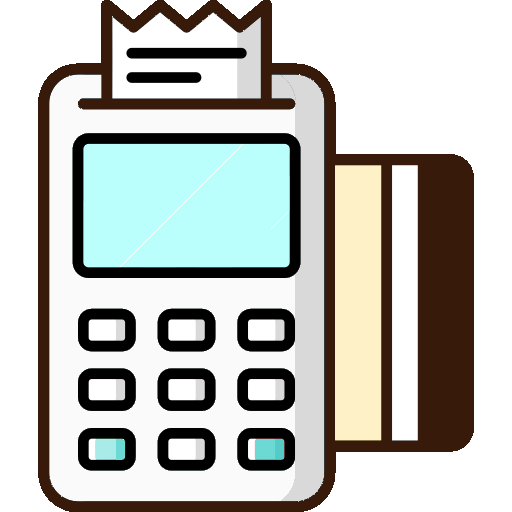How to Hang Wallpaper Like a Pro – Step-by-Step Instructions for Beginners and DIY Experts
Introduction: Why Wallpaper Is Back
Wallpaper is making a huge comeback in modern interiors — from subtle textures to bold patterns, it instantly transforms a room without major renovation. But the key to a flawless wallpaper finish lies in the installation process.
This complete guide will walk you through every step of wallpaper installation — including tools, prep, pasting, trimming, and expert tips — to help you achieve a beautiful, long-lasting result.

Table of Contents
1. Types of Wallpaper: Know What You’re Working With
Before you begin, identify your wallpaper type:
-
Peel & Stick – Easy to apply and remove, great for renters and temporary décor.
-
Pre-Pasted – Backing is pre-glued; you just activate with water.
-
Unpasted (Traditional) – Requires separate paste; most customizable and durable.
-
Vinyl-Coated – Moisture-resistant and easy to clean; ideal for kitchens and bathrooms.
-
Fabric or Textured – High-end finish but requires more careful handling.
👉 Pro Tip: Check the manufacturer’s instructions for your specific wallpaper roll before starting.

2. Tools & Materials You’ll Need
Essential Tools:
-
Measuring tape
-
Level or plumb line
-
Pencil
-
Sharp utility knife or snap-blade cutter
-
Wallpaper smoother / plastic squeegee
-
Seam roller
-
Wallpaper paste (for unpasted wallpaper)
-
Paint roller or brush (for applying paste)
-
Sponge & clean cloths
-
Bucket of water
-
Step ladder
Optional but helpful:
-
Wallpaper pasting table
-
Laser level
-
Wallpaper primer/sealer
-
Painter’s tape
-
Drop cloth

3. How to Prepare Your Walls
Proper wall prep is crucial for wallpaper to stick properly and look flawless.
Steps:
-
Remove old wallpaper if present.
-
Clean the wall thoroughly — remove dust, grease, or stains.
-
Repair cracks or holes using spackle or filler. Sand smooth.
-
Prime the wall with wallpaper primer or a diluted glue mix. (Helps adhesion and future removal.)
-
Allow the wall to dry completely.
💡 For bathrooms or kitchens, use a mold-resistant primer.

4. Measuring and Cutting Wallpaper
Measure First:
-
Use our Wallpaper Roll Calculator to determine how many rolls you need.
-
Mark a vertical guide line using a level or plumb line, 1 roll-width from the corner — this ensures each strip hangs straight.
Cutting:
-
Measure wall height and add 4 inches extra (2 inches at top and bottom) for trimming.
-
If using patterned wallpaper, account for pattern repeat when cutting each strip.
5. Applying Wallpaper Paste (or Activating Adhesive)
For unpasted wallpaper:
-
Lay the strip face-down on a pasting table.
-
Use a brush or roller to apply an even coat of paste, edge to edge.
-
“Book” the paper: fold pasted sides together (without creasing), and let it rest for 5–10 minutes to activate and soften.
For pre-pasted wallpaper:
-
Submerge the strip in lukewarm water.
-
Let the adhesive activate, then “book” the strip for a few minutes.
For peel-and-stick:
-
Simply peel off the backing as you go. Clean surface thoroughly before applying.

6. Hanging the Wallpaper
How to Hang:
-
Start at your marked vertical guideline.
-
Line up the top of the strip with the ceiling, leaving 2 extra inches to trim.
-
Press wallpaper onto the wall, smoothing from the center outward.
-
Use a wallpaper smoother or squeegee to remove air bubbles.
Tips:
-
Don’t stretch the wallpaper — it may shrink back when dry.
-
Work slowly to avoid creases or misalignments.
7. Matching Patterns Like a Pro
-
Match patterns at eye level before smoothing the strip fully.
-
Adjust the next strip up or down to align the design perfectly.
-
Use the pattern repeat measurement (from product label or calculator) when cutting strips.
8. Trimming, Smoothing & Final Touches
-
Use a straight edge and sharp utility knife to trim excess at the top and bottom.
-
Roll over seams lightly with a seam roller to flatten edges.
-
Wipe away excess glue with a damp sponge immediately.
Let the wallpaper dry for 24 hours before moving furniture back.
9. Dealing with Obstacles (Windows, Doors, Outlets)
-
Windows/Doors: Let the paper overlap the opening, then trim carefully.
-
Outlets/Switches: Turn off power. Loosely cut around fixtures, then trim neatly after smoothing.
👉 Always smooth before cutting to avoid tearing.
10. Common Mistakes to Avoid
❌ Not measuring your walls properly
❌ Ignoring pattern repeat
❌ Skipping wall primer
❌ Not booking pasted wallpaper
❌ Applying wallpaper over damp or dirty walls
❌ Rushing — slow and steady wins!
11. Maintenance & Cleaning
-
Vinyl wallpaper: Wipe with a damp cloth or sponge.
-
Fabric/textured: Gently dust with microfiber cloth.
-
Avoid using harsh chemicals or abrasive materials.

12. FAQ: Your Top Wallpaper Questions Answered
Q: Can I wallpaper over old wallpaper?
A: Not recommended. Old paper can bubble or loosen, affecting the new layer.
Q: How much extra wallpaper should I order?
A: Add 10–15% for waste. Use our Wallpaper Calculator to get a precise estimate.
Q: Is wallpaper suitable for bathrooms?
A: Yes — vinyl or moisture-resistant wallpaper works well. Always use proper primer.
Q: How long does wallpaper last?
A: With proper installation and care, wallpaper can last 10–15 years or more.
Final Thoughts: Transform Your Space with Confidence
Installing wallpaper may seem intimidating at first, but with the right preparation, tools, and this guide by your side, you can create a professional-looking space on your own.
✅ Use our free Wallpaper Roll Calculator
✅ Shop our curated Wallpaper Collection
✅ Explore our Room Makeover Inspiration Gallery













































 Gifts
Gifts 


































